Many nations have admired Australia's Covid-19 reaction, with Dr Fauci complimenting the country for being a global leader in "containment and control of new variations." Aside from a few short snap lockdowns in specific regions, most Australians have been living pretty regular lives, with the Broadway musical of Hamilton just debuting to packed houses in Sydney.
Australia has just five new cases of Covid-19 as of March 23, 2020. The bulk of these new cases are not the result of community transmission, but of the hotel quarantine system, which shelters Australians returning from abroad. Even after the second spike of cases last year, Australia quickly learned from its errors, and the number of cases never exceeded 1,000 for a population of 25.36 million. All of this has been accomplished without the use of vaccines.
Despite the fact that Australia just started its immunization campaign on 21st February 2021, cases have stayed low for almost six months. While Australia has significant advantages in terms of geographic isolation and population density, we may still learn a lot from their reaction. Australia's experience demonstrates that the key to combating a pandemic is a robust public health response imposed by a democratic government focused on diligent testing, tracking, and quarantine. I've highlighted some of the major takeaways from Australia's reaction that may be used worldwide below.
Swift And Decisive Reaction
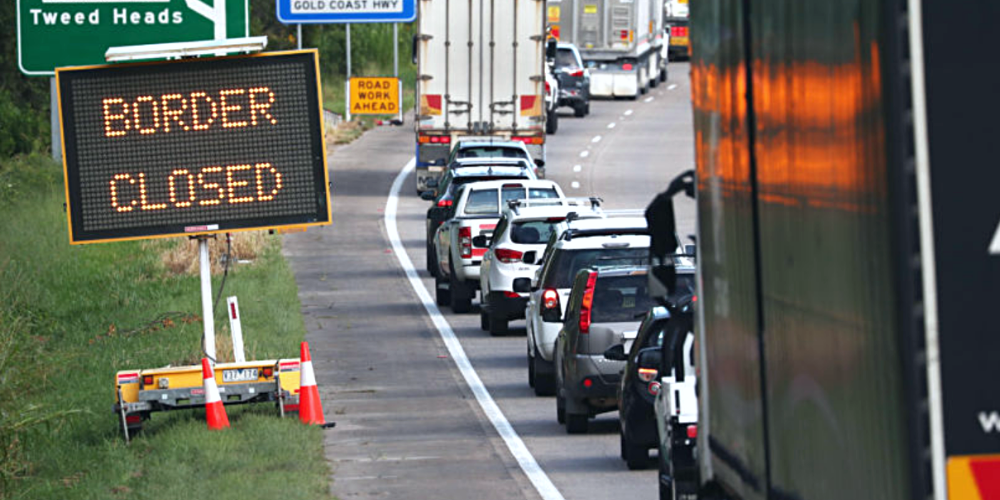
When Covid-19 became a serious danger to Australia in March of last year, the Federal government reacted swiftly by shutting international crossings and instituting a mandatory home isolation program for returning Australian residents. Police were sent to residences to ensure that returning passengers complied with quarantine regulations, and when violations were found, Australia rapidly switched to a mandatory hotel quarantine system, with hotel rooms often guarded by police or military.
These early border restrictions controlled the virus's spread and enabled Australia to establish a testing and tracking system that was not quickly overwhelmed and therefore extremely successful at limiting the virus's spread. Due to the closure of state borders, states such as New South Wales and Western Australia were able to restore their local economy after just two months of lockdown. Individual state development had little effect on the nation as a whole. State and territorial crossings have been reopened, but international borders have remained blocked owing to the variations' danger. In order to keep the quarantine system from being overburdened, Australia has imposed a limit on arriving foreign aircraft transporting returning residents. While this strategy has been successful, it has not been without criticism. Approximately 40,000 Australians have now stuck abroad, yearning for a seat on those restricted planes, which some consider a violation of human rights.
Lockdown limitations and behavioral safety measures were also quickly implemented in Australia. While limitations varied by state and population, they were well conveyed via daily televised news conferences, public signs and advertising, and other media outreach. Non-essential companies were immediately closed, everyone was assigned a restricted radius within which they could not leave except for necessary jobs, medical appointments, or caretaking, and households were not permitted to mingle with certain exceptions. Anyone caught breaking such rules risked a heavy fine. The relaxation of these limitations, as well as restrictions on indoor and outdoor gatherings, were linked to lower infection rates. This provided Australians with a clear, rational route to reopening and promote compliance.
Because of these quick and decisive measures, Australia was able to achieve zero cases at various phases of the epidemic. When there is a minor increase in cases (typically from employees at quarantine hotels), they have procedures in place to track exposures and close off certain areas for a few days. Because the number of cases is so low, the media may broadcast the exposure sites that the sick individual visited in addition to conventional contact tracking. While there have been a few complaints, the general population is content to cooperate with these brief lockdowns since they knew they would soon be able to resume their regular lives.
An emergency reaction requires bipartisan cooperation
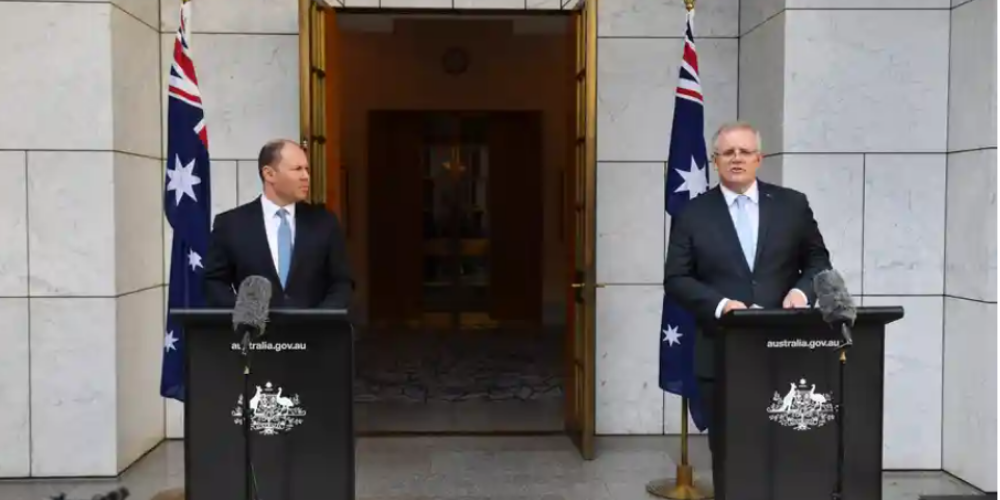
Australia's two main political parties are still closer to the center than Republicans and Democrats, but they have become more confrontational in the past decade, with legislation often gridlocked in the two Houses of Parliament. When Covid-19 hit, they put their differences aside to collaborate on a united pandemic response. While Australia's current conservative government often fights with the trade union movement, they realized that union participation would be critical in executing their emergency measures and offered them a role in policy formulation.
Early in the epidemic, the federal government announced a $130 billion economic rescue package that included a six-month wage subsidy program. The measure was pushed through Parliament in only one sitting day in order to provide assistance to Australians who were in desperate need. In March 2020, state officials gathered to coordinate their actions and establish a National Cabinet to exchange data and plans. Conservative Prime Minister Scott Morrison likewise preached togetherness, declaring that "there are no blue or red teams." There are no bosses or unions. There are now just Australians.” The political ceasefire between the parties did not survive the pandemic crisis stage, although it was critical in the early days.
The public's trust is increased through social capital
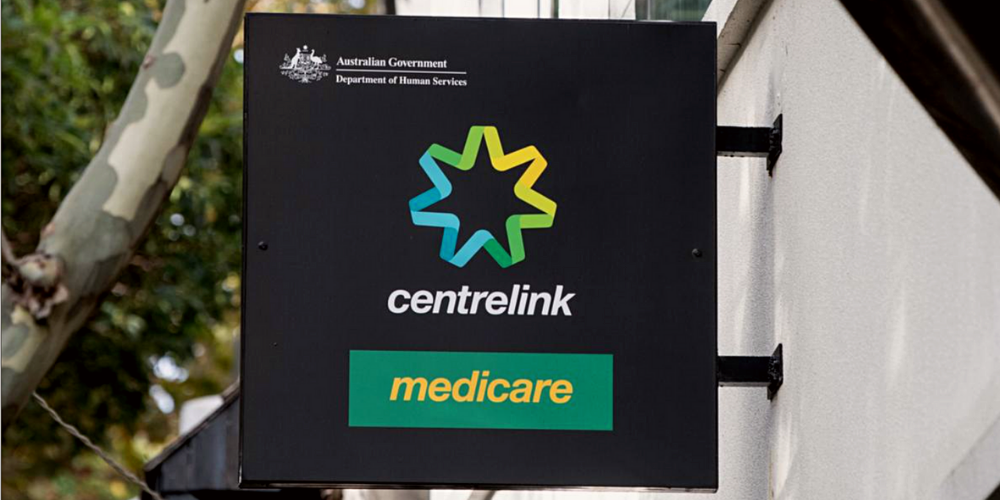
While Australians will always find reasons to criticize their government, such as their poor record on climate change, immigration policy, and reconciliation with indigenous peoples, there is always a baseline level of trust in the government due to the fundamental social support that all citizens receive. Australians would never think twice about the cost of a Covid-19 test or postpone going to the emergency hospital for fear of going bankrupt. This is all due to Medicare, Australia's national health care system.
When the Peter Doherty Institute in Melbourne became the first laboratory outside of China to effectively culture the coronavirus from a patient sample, Australia established itself as an early leader in Covid-19 testing. This gave critical information to worldwide labs to aid in the fight against the virus. In March 2020, Australia was one of the first nations to deploy drive-through COVID-19 testing facilities. This meant that Australians could safely get a Covid-19 test anytime they wanted it via a trustworthy health system. Even after case rates started to fall or reached zero, Australia continued its testing vigilance; over 15 million Covid-19 tests have been performed, equal to more than half of the country's population. Countries, however, cannot depend only on an accessible health system to combat the epidemic. Countries with universal healthcare systems, such as France, have been unable to manage numerous waves of illness, as seen in the chart (Figure 2) below. Access to healthcare must be accompanied by attentive public health measures and social assistance.
Businesses and workers received immediate economic relief, in addition to a robust healthcare system. The Jobkeeper program provided biweekly pay (up to $1500.00) to employees such as hotel workers who were unable to work during lockdown times, allowing them to resume work smoothly when the economy reopened. Unemployment benefits were given via the Jobseeker program. These social supports, along with regular, clear communication, increased public trust in the government's reaction and, as a result, compliance. Australians are renowned for their rebellious attitude, and they often refer to themselves as "larrikins." Despite this, relatively few Australians opposed mask-wearing and limitations, and popularity ratings for leaders (including those who were previously unpopular) skyrocketed throughout even the most severe lockdowns.
Meaningful Engagement with various communities to learn what they needed
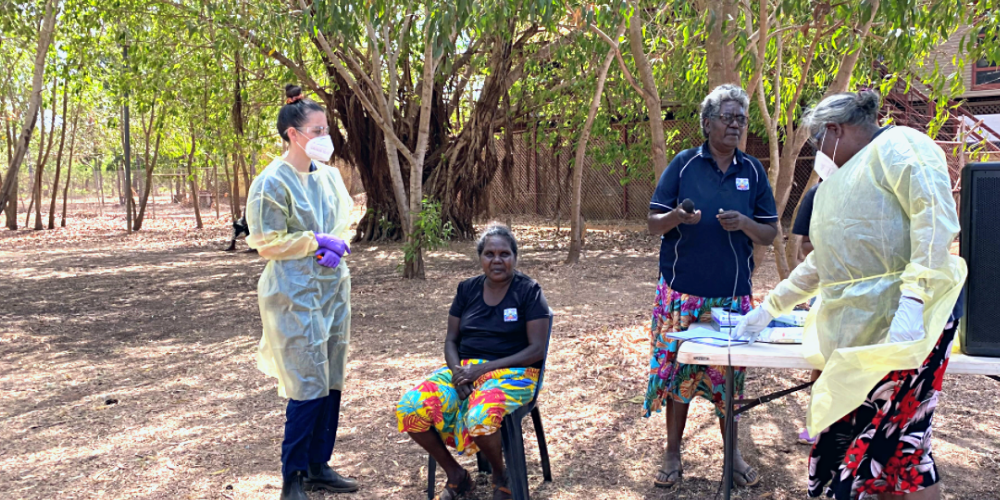
Indigenous Australians have worse health outcomes than other Australians, having an 8-year lower life expectancy than non-Indigenous Australians. When Covid-19 attacked, they insisted on conducting their own reaction, and the government finally listened and supplied resources. The astonishing outcome was that Indigenous Australians were six times less likely to acquire Covid-19, and there were no fatalities. Only 148 individuals had the illness, and only 15% of them were hospitalized. Outsiders were barred from visiting remote villages, food was provided to minimize travel, and communication campaigns were filled with Indigenous humor and values. The need to protect their elders was a driving force for the reaction. Hopefully, the success of this initiative will serve as a springboard for tackling other Indigenous health outcomes.
The biggest epidemic in Australia occurred in the state of Victoria, in part because migrant populations living in public housing were unable to obtain public health information or signs in their native languages. A major error that might have been avoided if the government or local health authority had engaged the community more effectively. This epidemic has taught us the need of interacting with various groups in order to better understand their needs and why they aren't responding to particular policies or efforts. It's a lesson that may be used not just in the case of a pandemic, but also in tackling other health inequalities.
Eradicated The Virus By November 2020
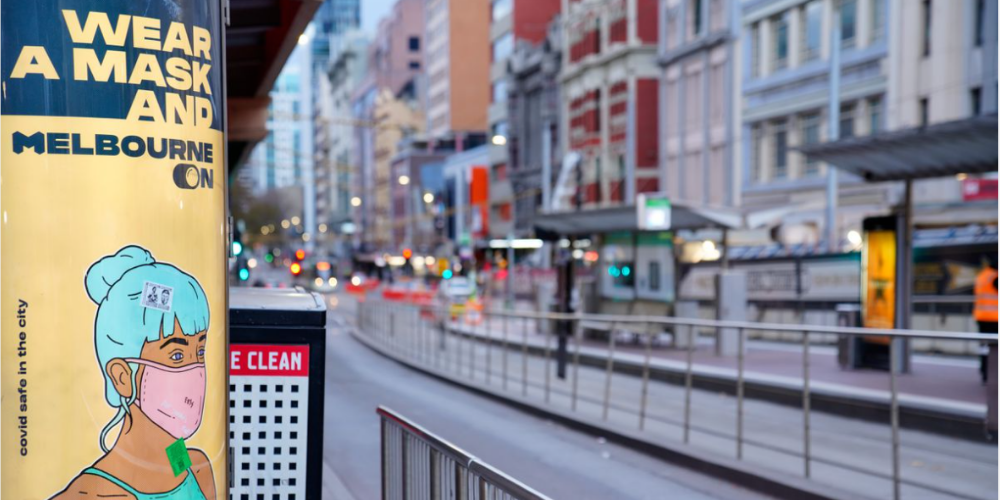
The Australian state of Victoria saw a second Covid-19 wave in July and August. In the face of such difficulty, local authorities set an impossible objective. They didn't want to simply write down their Covid-19 numbers. They wanted to completely eradicate the virus. They finished by the end of November.
In terms of controlling Covid-19, Australia had a significant edge over the United States. It has no discernible geographical boundaries. It has an extremely low population density (though the population is concentrated on the coasts). Its epidemic was never as severe as the one in the United States. On its worst days, Victoria saw around 700 new cases. Some Australian states also restricted their borders to the rest of the nation, lowering the possibility of someone bringing Covid-19 from one area of the country to another.
However, the Australian pandemic has paralleled the American epidemic in many respects. The nation was put on lockdown when the coronavirus arrived in the spring. When the instances stopped, some of the limitations were relaxed — and before long, Covid-19 cases were again on the rise. Outside of clearly national problems like overseas travel, each state was responsible for its own response, with the federal government serving as an adviser.
Victoria was by far the worst affected state in the second wave. Its caseload dwarfed that of any other state, including New South Wales, which is home to the country's second major city, Sydney.
As the number of cases in Australia started to rise again in late July, the Scott Morrison government implemented policies with the stated aim of ultimately achieving zero new cases, rather than just flattening the curve. It was part of Grattan Institute's "Go for Zero" policy proposal (a non-profit think tank that advises the government).
Without wasting any time, the authorities ordered business closures, enforced a night curfew, and urged people not to go more than five kilometers from their homes. As instances began to decrease in September, the lockdown restrictions were gradually removed rather than all at once.
The severe travel restrictions were first lifted, and schools and businesses were permitted to reopen. Masks are now required inside and on public transit. Weddings, funerals, and religious events have lately been permitted to have larger attendances.




